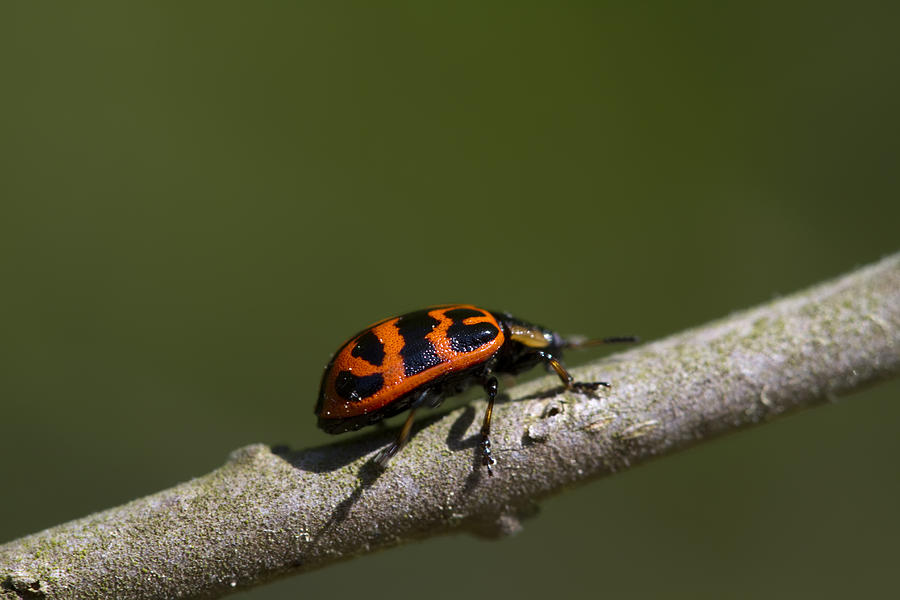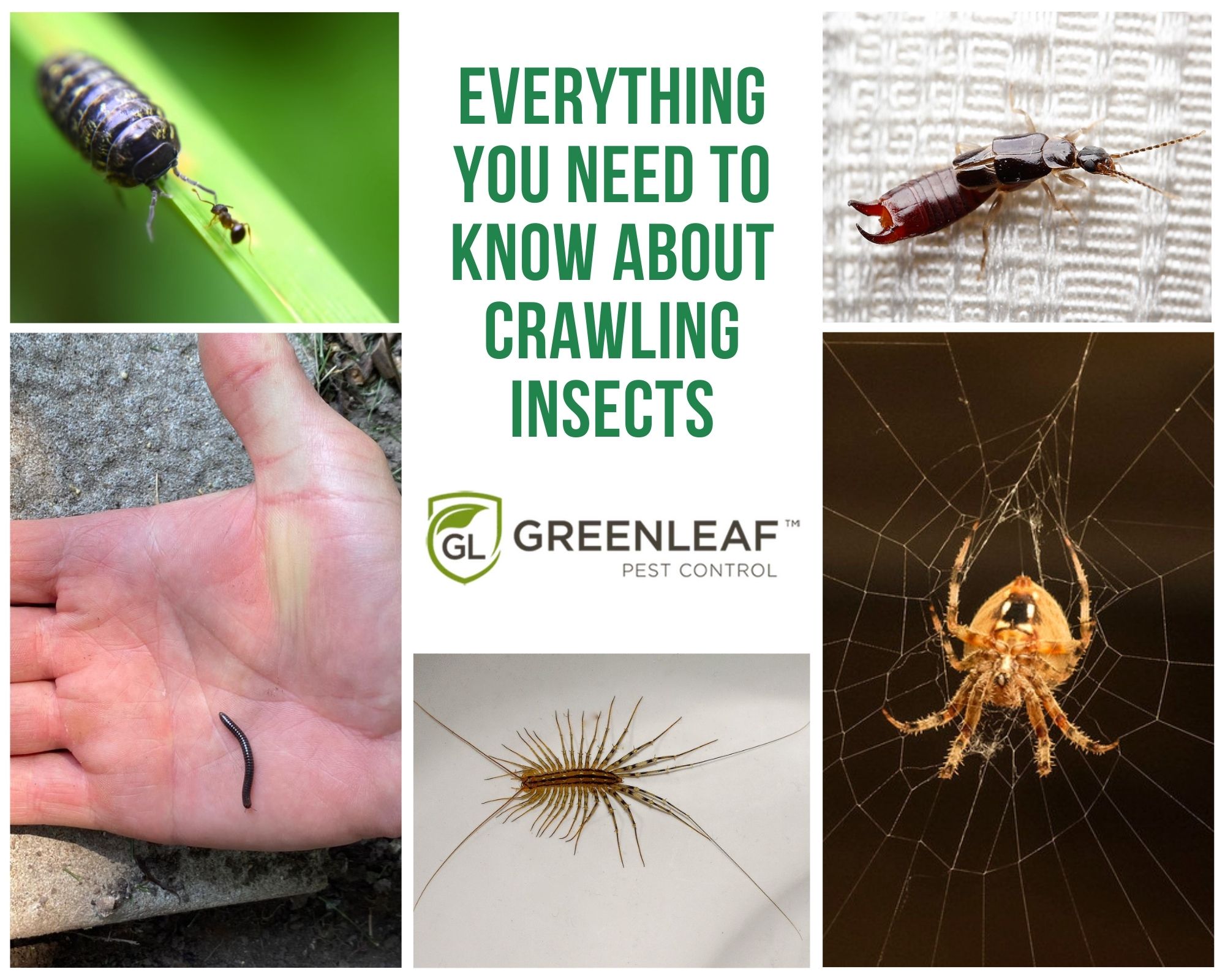Dealing With Crawling Bugs: Prevention & Removal - [Your Guide]
Are you prepared to share your living space with unwanted guests? Crawling insects, those stealthy invaders, can quickly transform a comfortable home into a source of constant worry and potential health risks.
These unwelcome creatures, from the common housefly to the elusive bed bug, possess an uncanny ability to infiltrate our sanctuaries. Crickets, pillbugs, centipedes, and millipedes are just a few examples of the diverse range of crawling insects that might decide to take up residence in your home. While a small population outside can be beneficial to the ecosystem, their presence within our walls is rarely welcomed. They can be a nuisance, causing everything from minor irritation to significant health concerns.
Let's delve deeper into the world of these creeping, crawling, and sometimes biting pests. We'll explore their habits, the potential problems they pose, and the effective methods to reclaim your home.
- Caroline Munro Husbands Relationships Life After Loss
- Daniel Gibson Stats Contract Salary Career Latest News
Consider the tiny, dark bugs with their flattened, oval bodies, six legs, and two antennae. Or perhaps the even more elusive dark brown bugs, so small they can only be fully examined under a microscope. These miniature trespassers, though often harmless in themselves, can signal a deeper infestation or, in the case of certain species, pose a health risk. Mosquitoes, ticks, and bed bugs, for instance, can inflict painful bites and even transmit diseases. Drain flies and common houseflies, while not always dangerous, can still be incredibly irritating.
The following table contains information about various crawling insects and their impact:
| Insect Type | Characteristics | Potential Problems | Control Methods |
|---|---|---|---|
| Bed Bugs | Small, reddish-brown, flat, oval-shaped bodies; wingless; nocturnal | Bites causing itchy welts; can spread through buildings via crawling; can cause anxiety. | Professional pest control, heat treatment, insecticides, thorough cleaning. |
| Cockroaches | Various sizes and colors (brown, black, tan); six legs; antennae. | Can contaminate food, spread bacteria, trigger allergies and asthma. | Insecticides, baits, traps, sanitation, professional pest control. |
| Ants | Small, often black or brown; six legs; segmented body; social insects. | Can contaminate food, invade homes in large numbers, bite. | Baits, insecticides, sealing entry points, identifying and eliminating nest. |
| Mosquitoes | Small, slender bodies; long legs; wings; females bite to feed on blood. | Transmit diseases like West Nile virus, Zika virus, and malaria; bites cause itching and irritation. | Insect repellent, eliminate standing water, mosquito nets, insecticides. |
| Ticks | Small, eight-legged arachnids; various sizes and colors; feed on blood. | Transmit diseases like Lyme disease, Rocky Mountain spotted fever; bites cause irritation. | Tick repellent, check for ticks after outdoor activities, proper clothing, professional pest control in heavily infested areas. |
For more in-depth information, you can consult reliable sources like the U.S. Environmental Protection Agency.
- Cameron Valentina Eyre Bio Age Boyfriend More Latest Updates
- Cristin De La Fuente Net Worth How Rich Is The Chilean Actor
Beyond the common culprits, there are other scenarios to consider. Bugs, for instance, have been known to enter the human ear during outdoor activities. The sensation of a bug crawling inside your ear can be deeply unsettling, causing discomfort, pain, and a surge of anxiety. Entomologists suggest a simple remedy: gently shaking your head to the side, avoiding any impact to your head. If the bug persists, a small amount of warm vegetable oil might help immobilize it.
The old European myth, perpetuated by the name "earwig," suggests that these insects crawl into our ears and burrow into our brains, potentially causing madness. However, rest assured, earwigs do not reside in human ears. Instead, consider the bed bug, which spreads through crawling, particularly at night. These stealthy creatures can infiltrate your home and become a frustrating issue. They often move between rooms or units within buildings, hitching rides on furniture or belongings.
The ability to quickly eliminate the pests is often difficult. Fortunately, various methods can help manage and eliminate insect problems. Pest repellent sprays and traps, like fly paper, bug sprays, and ant traps, can reduce the number of insects within your crawl space and throughout your home. For more serious infestations, fumigation or a bug bomb may be necessary. Encapsulation is also an option to completely cover and seal your crawl space, protecting it from moisture collection and damage, just like a swimming pool liner.
While crawling insects in our homes are undesirable, crawling insects outside have a beneficial role in the ecosystem. They can be a food source for other animals, and some even aid in decomposition and nutrient cycling. However, as soon as these insects become a nuisance, it is time to act.
Pinworms are another consideration. While the thought of bugs crawling up your anus may be unsettling, pinworms are generally harmless, causing primarily irritation. Medication and good hygiene can resolve a pinworm issue within a few weeks.
Even in digital spaces, bugs present challenges. The term "bug crawl," as used in software development, refers to the process of checking the weaknesses that each software vendor must check. This highlights the significance of proper web and mobile app testing. The Ozark bug crawl, an event, allows participants to explore the creeping, crawling, floating, and fluttering life of Cane Hill. Formicophilia, the sexual interest in being crawled upon by insects, is also a factor to consider. Regardless of the context, understanding the nature of bugs is essential.
When faced with a crawling or jumping pest, remember that professional help may be necessary. Call an expert in pest control.
In an apartment building, it is crucial to report a bed bug infestation to your landlord immediately, as bed bugs can crawl through gaps in wiring and plumbing, potentially spreading to other units. Inside your home, you may find tiny red bugs crawling on windowsills, walls, or windows. Outside, these bugs may congregate in large numbers on siding.
Lastly, it's important to remember the unsettling truth: bugs can, and sometimes do, find their way into our ears. While a rare occurrence, it can happen. Cockroaches are common culprits, as noted by Benjamin McGrew from the University of Alabama at Birmingham's otolaryngology department.
If you recognize symptoms of a bug in your ear, such as tickling or crawling sensations, follow these safety guidelines. If a bug remains in your ear, tilt your head to the side and shake it gently. If that doesnt work, gently pour a small amount of warm vegetable oil into your ear, which may help immobilize the insect.
Don't hesitate to contact a professional if you need help getting rid of insects.



Detail Author:
- Name : Miss Herminia Doyle V
- Username : brady89
- Email : cgoyette@gmail.com
- Birthdate : 2000-06-17
- Address : 364 Cedrick Isle Suite 487 Abernathyhaven, NJ 30426-6162
- Phone : 458-995-4189
- Company : Bayer and Sons
- Job : Pipe Fitter
- Bio : Velit amet voluptas sint voluptatum sunt debitis est. Aperiam impedit et sint. Ea alias autem aspernatur sint tempore.
Socials
linkedin:
- url : https://linkedin.com/in/karina_oberbrunner
- username : karina_oberbrunner
- bio : Aut est culpa qui sequi aut et unde consequatur.
- followers : 1651
- following : 1440
twitter:
- url : https://twitter.com/karina.oberbrunner
- username : karina.oberbrunner
- bio : Aliquam qui laudantium est vitae consequatur maiores eius. Inventore nam quia architecto. Dolor sunt magni sed aperiam nostrum ipsam.
- followers : 6726
- following : 1583